When it comes to upper body strength training, the debate of bench press vs dumbell press often arises. Both exercises are staples in any weightlifting regimen, celebrated for their ability to build strength and muscle mass. However, they each have unique attributes that can cater to different fitness goals and personal preferences. In this discussion, I will explore the various aspects of these two exercises, ultimately revealing why I lean towards the dumbell press as the superior choice.
Understanding the Basics of Bench Press and Dumbell Press
When I think about the bench press, I picture the iconic image of a barbell being hoisted off a rack while lying flat on a bench. It’s a quintessential exercise that forms the backbone of many powerlifting routines. The primary focus here is on the pectoral muscles, triceps, and shoulders.
This lift is often used to gauge overall upper body strength, and it’s not uncommon to hear someone ask, “How much do you bench?” In contrast, the dumbell press introduces a different dynamic. Here, you lie on a bench as well, but you press two separate dumbbells instead of a single barbell.
This seemingly minor change brings a significant shift in the exercise’s mechanics. Each arm operates independently, which means that both sides of your body must work equally hard to lift the weight. This independence not only aids in muscle balance but also enforces symmetrical strength development.
What intrigues me most about the dumbell press is the increased need for stabilization. Because each dumbbell moves freely, my stabilizer muscles—those smaller, often neglected muscles—kick into overdrive to keep everything aligned.
This added challenge makes the dumbell press feel like a more holistic exercise, engaging not just the primary movers but also the supporting cast. The bench press, on the other hand, offers the advantage of lifting heavier weights due to the unified effort of both arms working together.
This makes it a favored choice for those aiming to maximize raw power. However, it doesn’t engage the stabilizer muscles to the same extent as the dumbell press. Both exercises have their merits, but these fundamental differences set the stage for the more nuanced benefits and drawbacks that each brings to the table.
Muscle Activation and Target Areas

When analyzing muscle activation, I find that both exercises engage the chest, shoulders, and triceps effectively. However, the dumbell press holds a distinct advantage due to the independent movement of each arm.
This requirement for stabilization necessitates the recruitment of additional muscles to maintain balance and control, leading to more comprehensive upper body development. In my experience, the dumbell press activates a wider array of muscle fibers within the chest. This exercise allows me to focus on symmetrical strength, ensuring that both sides of my body develop evenly.
The bench press, while still a formidable exercise, doesn’t quite achieve the same level of balanced muscle engagement. With a barbell, the stronger side of my body often compensates for the weaker side, potentially leading to muscle imbalances over time. Another intriguing aspect of the dumbell press is its ability to isolate specific muscle groups more effectively.
Because each arm operates independently, I can target my weaker side more intensively, aiding in correcting any disparities in strength and muscle size. This is particularly useful for athletes or anyone recovering from injury, as it allows for focused rehabilitation and balanced muscle development.
Furthermore, the dumbell press offers the flexibility to adjust the angle of the press, whether flat, incline, or decline. This adaptability enables me to target different areas of the chest and shoulders more precisely. The bench press, although adjustable in angle, doesn’t offer the same level of muscle isolation and targeted engagement.
In my workouts, I’ve noticed that the dumbell press also places a unique emphasis on the stabilizer muscles around my shoulder joints. These often-overlooked muscles play a crucial role in overall shoulder health and function, providing an added layer of benefit that the bench press doesn’t quite match.
Range of Motion and Muscle Engagement
The dumbell press truly stands out to me because it offers a more extensive range of motion compared to the bench press. When I’m lifting dumbbells, I can lower them past my chest, allowing for a deeper stretch at the bottom of the movement.
This deeper stretch enhances muscle activation, particularly in the pectoral muscles, which is something the bench press doesn’t quite match due to the barbell’s fixed path. Additionally, the contraction at the top of the movement feels more pronounced with dumbbells. I can bring them closer together, which allows for a better squeeze of the chest muscles.
This fuller range of motion not only engages the muscles more effectively but also contributes to better muscle hypertrophy and overall strength gains. For someone like me, who is keen on comprehensive chest development, this is a crucial aspect.
Another point I’ve noticed is the more natural movement pattern that dumbbells afford. Unlike the rigid bar path of a bench press, the dumbell press allows my arms to move in a more natural arc. This freedom of movement reduces the strain on my shoulder joints and makes the exercise feel more in tune with my body’s biomechanics.
I also appreciate how the dumbell press engages the smaller stabilizer muscles. This added muscle engagement ensures that not only am I building strength in my primary movers, like the chest and triceps, but I’m also enhancing the overall stability and functionality of my shoulder joints.
The dumbell press, with its greater range of motion and improved muscle engagement, fits perfectly into my training regimen, offering both safety and efficiency in muscle building.
Stability and Core Activation
When it comes to stability and core activation, the dumbell press offers distinct advantages. Every time I lie back and pick up a pair of dumbbells, I feel the immediate demand on my stabilizer muscles. Unlike the bench press, where the barbell moves in a fixed path, the independent nature of each dumbbell requires me to work harder to maintain control and balance.
This not only engages my chest and arms but also my core, as I strive to keep everything aligned. I’ve found that this additional requirement for stabilization has a noticeable impact on my overall strength and functional fitness. The need to balance each weight individually forces me to recruit a wider range of muscles, especially those in my core. It’s a workout within a workout, providing a dual benefit that extends beyond just upper body strength.
While performing the dumbell press, I’ve noticed that my core muscles, particularly the obliques and lower back, play a crucial role in maintaining my stability. This intrinsic core engagement is less pronounced in the bench press, where the rigid barbell path provides a certain level of support that minimizes the need for additional muscle activation.
For me, the dumbell press feels more like a full-body exercise, enhancing not just my chest and arms but also my core strength and overall stability. This added layer of complexity makes the dumbell press an integral part of my training regimen.
By incorporating this exercise, I can ensure that I’m building a well-rounded foundation of strength, capable of supporting not just my lifting goals but also my everyday functional movements. The dumbell press challenges me to maintain stability and engage my core in ways that the bench press simply doesn’t, making it a more comprehensive exercise in my opinion.
Risk of Injury and Safety Considerations
When it comes to minimizing injury risks, the dumbell press offers a distinct advantage over the bench press. The fixed nature of the barbell in the bench press often locks me into a rigid range of motion, which can place undue stress on my shoulder joints and connective tissues.
I’ve found that this can lead to potential overuse injuries, particularly if I’m not vigilant about maintaining perfect form or if I push myself to lift excessively heavy weights. On the other hand, the dumbell press allows me to move my arms more freely, following a natural path that aligns better with my body’s biomechanics.
This adaptability significantly reduces the strain on my joints, making it a safer option for long-term training. Additionally, in situations where I might reach muscle failure, dumbbells provide a safer escape route. I can easily drop them to the side without the fear of being pinned under a heavy barbell, especially when I’m training alone and without a spotter.
Another point I’ve noticed is the ability to detect and address imbalances more effectively with dumbbells. Since each arm operates independently, it’s easier for me to notice if one side is weaker or lagging in development. This immediate feedback helps me adjust my form and workload to prevent compensatory movements that could lead to injury.
The dumbell press’s safety profile makes it an appealing choice for anyone, whether you’re a seasoned lifter or just starting out. The ability to adapt the movement to my own body mechanics while reducing the risk of being trapped under a heavy bar has made it a staple in my training program.
Versatility and Accessibility
When considering versatility and accessibility, dumbbells truly shine. In my experience, setting up for a dumbbell press is far more straightforward than for a bench press. With a set of adjustable dumbbells and a bench, I can create a highly effective workout space even in a small home gym.
This ease of setup means I’m less likely to skip a workout due to logistical constraints, ensuring consistency in my training routine. Moreover, the flexibility offered by dumbbells allows me to perform a wide variety of exercises beyond the dumbbell press itself.
I can easily switch to other movements like flyes, curls, or shoulder presses without needing additional equipment. This adaptability makes dumbbells an invaluable tool in my fitness arsenal, catering to a comprehensive and varied workout regime.
Another aspect I appreciate is the unilateral training capability that dumbbells provide. By working each side of my body independently, I can address any muscle imbalances more effectively. This is particularly beneficial for my overall strength and symmetry, and it helps me focus on weaker areas that need more attention.
Whether I’m recovering from an injury or aiming to balance my muscle development, this feature is a game-changer. The ease of transport and storage is another practical advantage of dumbbells. Unlike a bulky barbell setup, I can easily move dumbbells around and store them out of the way when not in use.
This convenience fits perfectly with my busy lifestyle, allowing me to maintain an organized and efficient workout environment. Overall, the versatility and accessibility of dumbbells have made them a staple in my training routine, enabling me to maintain a balanced and effective workout regimen regardless of my location or available space.
My Final Verdict: Why Dumbell Press Is Superior
After extensively comparing the bench press and dumbell press, I confidently lean towards the dumbell press as the superior exercise for my upper body training. The dumbell press offers a unique combination of benefits that I find indispensable.
Its ability to engage stabilizer muscles and core adds an extra dimension of strength that I don’t quite achieve with the bench press. This increased muscle activation translates to more balanced and symmetrical development, something that’s essential for long-term gains and overall body function.
Moreover, the greater range of motion in the dumbell press allows for a deeper muscle stretch and better contraction, which I find crucial for muscle hypertrophy. This exercise also feels more natural on my joints, reducing the risk of injury and allowing me to train more consistently and effectively.
I also appreciate the versatility and convenience that dumbbells offer. Whether I’m working out in a fully equipped gym or a small home setup, dumbbells provide the flexibility to perform a wide variety of exercises without the need for extensive equipment.
This adaptability ensures I can maintain a comprehensive and varied workout regimen, no matter my circumstances. In essence, the dumbell press aligns perfectly with my fitness goals, offering a safer, more versatile, and highly effective alternative to the bench press.
For these reasons, it remains my go-to exercise for developing upper body strength and muscle mass.
Thanks for reading my article about Bench Press vs Dumbell Press!



